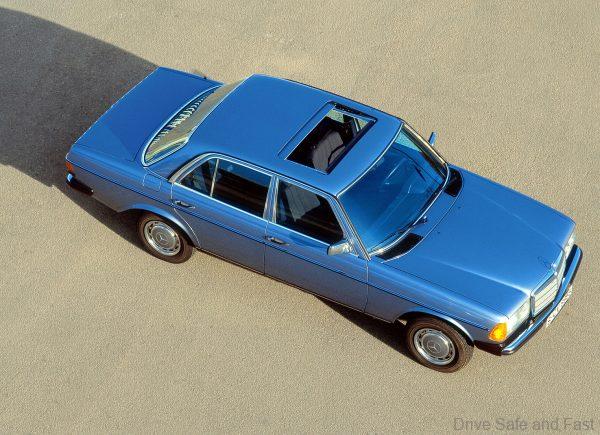Success Story Of The Mercedes-Benz E-Class
Many still love the look of the W123 like we do
Malaysians continue to love the look of the more modern classic Mercedes-Benz E-Class, namely the W123 model. Used by senior government servants and corporate heads when new, this was the E-Class that showed rising wealth. At the top of the game was the unforgettable W126 Mercedes S-Class.
The E-Class model that came after the W123 model was the W124 and this version stirred less emotion with collectors and their asking prices today do not reflect their actual value and engineering that was provided. Which means, they are good value cars that should be considered if one is looking for a well built car with some good feature.
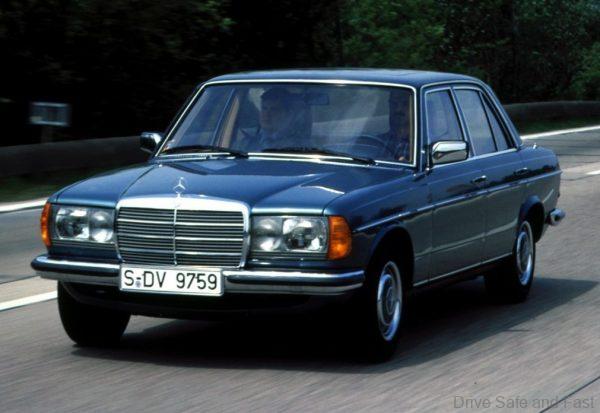
Today, you can find the W124 E-Class in mint showroom condition for sale and also sadly, some neglected units left to rot in neighborhoods around the country.
Already in the early 20th century, vehicles positioned below the top-of-the-range and luxury classes, yet above the compact class, were an essential part of the model portfolio of Mercedes-Benz and the brands that came before. The first Mercedes models, which came to market in 1901 and established the concept of modern automotive construction, were already available in different versions and targeted different customers, including those who would choose a vehicle of the upper mid-range segment today.
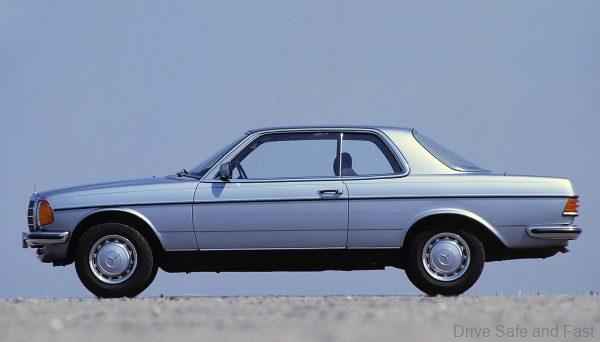
With over 14 million units delivered since 1946, the E-Class is the best-selling model series in the history of Mercedes-Benz. It is perceived by many as the “heart of the brand”. Customers of the E-Class are among the most loyal fans of the Mercedes star: Eight out of ten customers of the E-Class Saloon remain loyal to Mercedes-Benz when buying the next vehicle.
When production started up again after the Second World War, the first car to go into production was the 170 V model, originally introduced in 1936, initially as a vehicle for rescue services, police, commerce and trades. It was soon followed by a saloon version as the first post-war Mercedes-Benz passenger car in 1947.
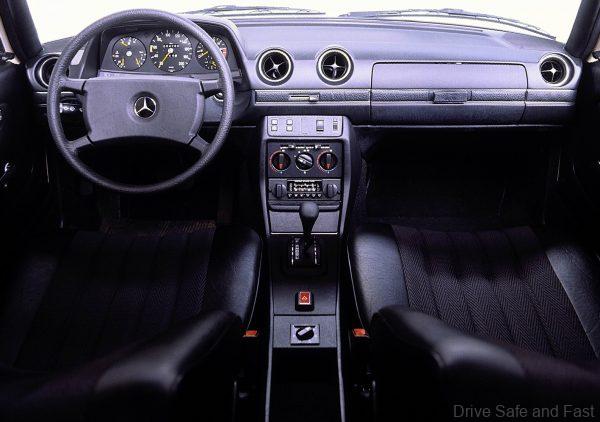
The 180 model (W 120) of 1953 with unibody and “Ponton” shape set new technical as well as formal trends. It was followed in 1961 by the four-cylinder versions of the “Fintail” model series (W 110) – the first model with safety body and crumple zones. The next major step came seven years later in the form of the “Stroke Eight” (model series W 115/114). At the same time, with the arrival of the first coupé model, this marked a widening of the scope of available body variants. Its success was surpassed yet again by the successor model series 123 starting in 1976.
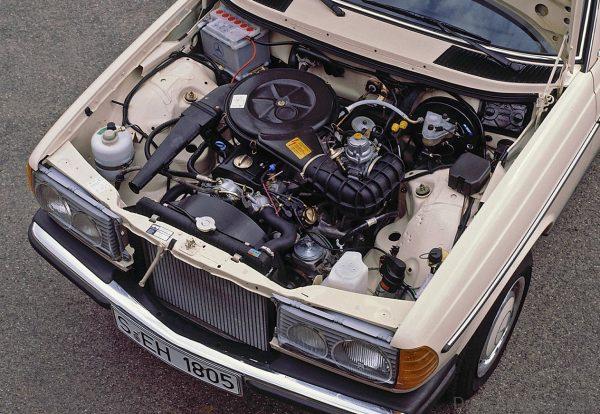
It was also produced in an estate version – with which Mercedes-Benz set standards for the estate car as a family-friendly lifestyle and recreational vehicle. The 124 series of the years 1984 to 1995, which was also available as a four-seater cabriolet, was first given the name E-Class in mid-1993.
The “four headlamps” face and its innovative technology were the characteristic features of the 210 model series launched in 1995. The E-Class of model series 211 was launched in early 2002. In 2009 it was followed by the 212 series (Saloon and Estate) and the 207 series (Cabriolet and Coupé), and from 2010 the E-Class Saloon also became available as the V 212 long version produced in and for China. In 2016, Mercedes-Benz launched the E-Class of model series 213. Starting in 2017, the Estate was also available as an All-Terrain version for the first time.
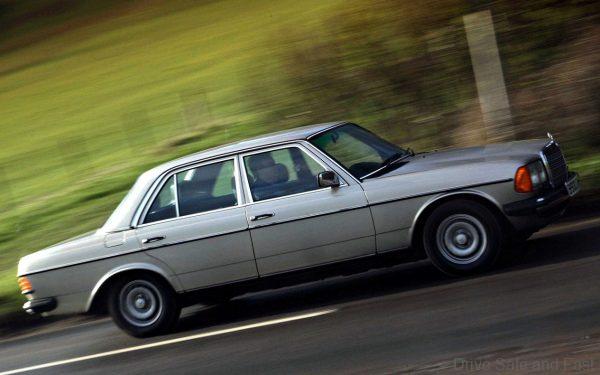
Well, the W123 is now commanding more attention in the used car market and lately dozens have been appearing for sale by collectors as well as retired people who want to cash in on the demand of the W123.
Solidly built, the W123 Benz is still prone to rust and there are many cars need to be checked to make sure they were not used a inter-state taxis (yes in the early days, this was the long distance taxi used by families and business people to travel along the roads of Malaysia.
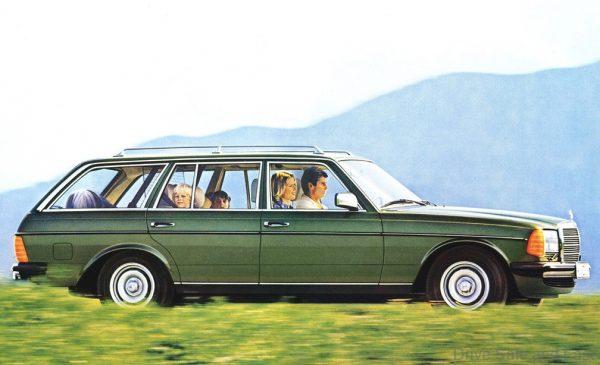
The carburetor models use a Stromberg CD175 which is reliable but thirsty. You will easily find E200’s and E250’s with diesel power having their mileage past 500,000 kilometers as this was the common taxi model. You need to do a compression test to check the engine. The 230E and my personal favorite, the 280E is the W123 to own.
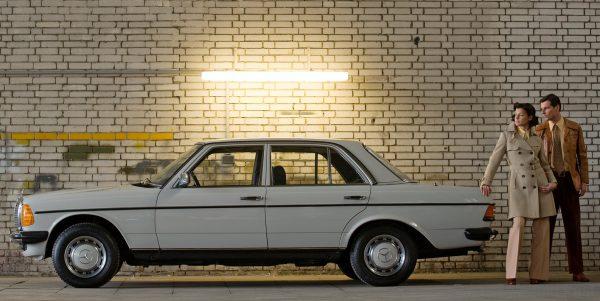
Prices are hovering around RM5,000 to RM8,000 for an average running unit with most trim intact. A fully restored car with negligible rust will set back as high as RM14,000 to RM15,000 which is higher than the asking price of the more modern and inviting W124 Mercedes E-Class. Parts are not very cheap but less expensive than most new Malaysian made car parts.
